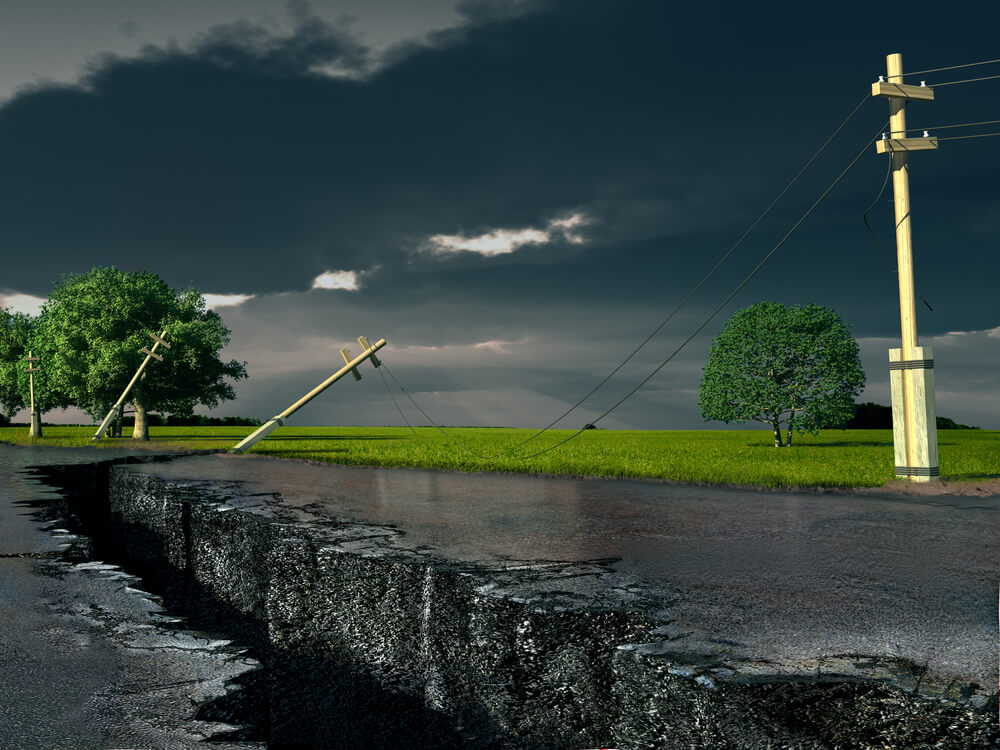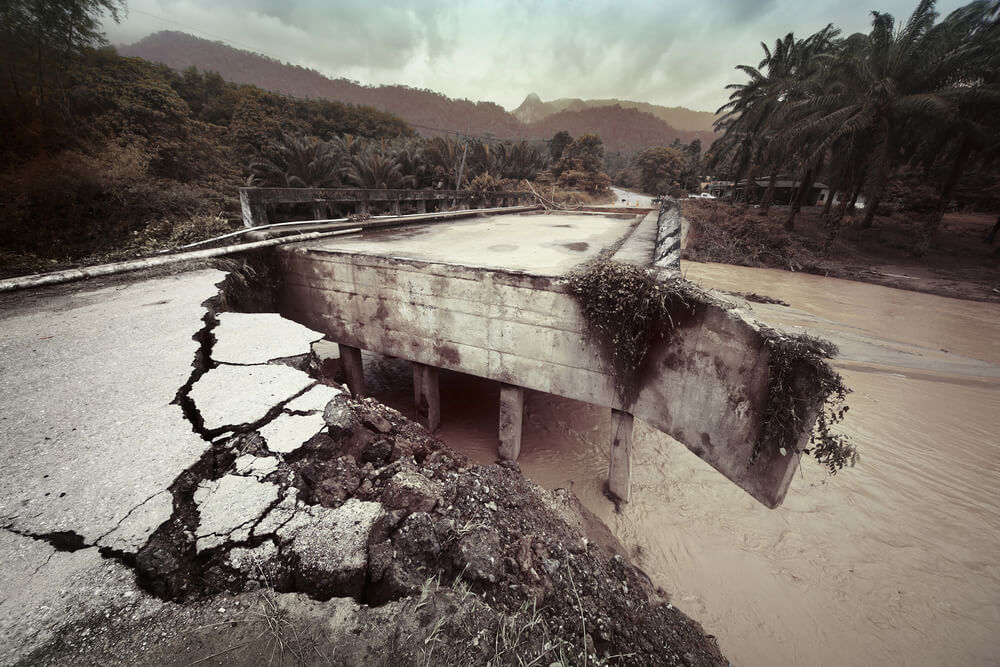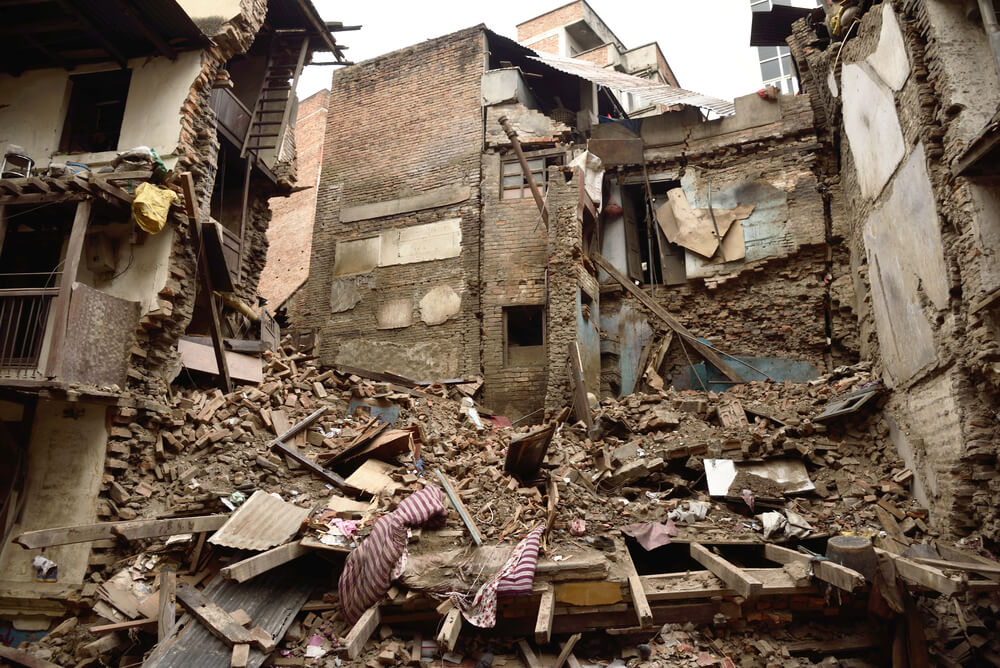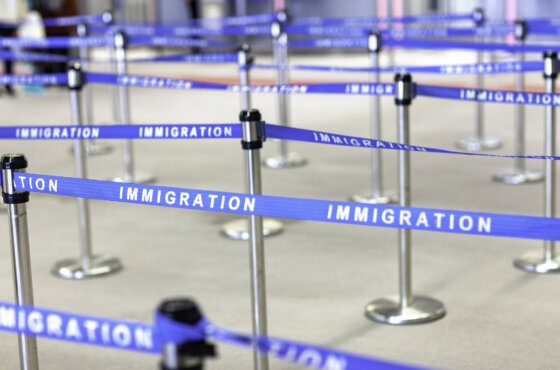What happens if strong earthquakes hit Los Angeles and San Francisco
Southern California is recovering from earthquakes that were felt in Los Angeles, but the epicenter was far from this metropolis. Residents of the large cities of this seismically active region are again thinking about what will happen if they are at the epicenter of the earthquake.

Фото: Depositphotos
“Earthquakes like these are just a reminder to keep everyone on alert,” said Gregory Deyerlein, a professor of civil and environmental engineering at Stanford University. “With all the risks we face every year, whether some areas are flooded or the tragic wildfires that have occurred more recently, the risk of an earthquake is always there.”
Online edition Time figured out what would happen if strong earthquakes hit major cities in California.
How likely is an earthquake of magnitude 7 points in San Francisco or Los Angeles?
According to the US Geological Survey (USGS), the Hayward Fault, which extends 45 miles (72,42 km) along East Bay in the San Francisco area, is the most densely populated in the United States, with about 2,4 million people living here.
One of the most devastating earthquakes in California history occurred on the Hayward fault in the 1868 year. Then the strength of the earthquake was 6,8 points, 30 people died and significant property damage was caused.
On the subject: How to protect yourself during an earthquake: updated instructions
The US Geological Survey predicts that a devastating earthquake could occur at any time. But emphasizes that in the next three decades, the probability of an earthquake of magnitude 6,7 or higher is 33%. In 1868, the population of the region was only about 114 thousand people, whereas now more than 7 million people live in the Gulf region.
The San Andreas fault line runs from San Francisco to Los Angeles and San Diego. According to the USGS, some fault areas show increased seismic activity, which indicates a possible earthquake, but it is impossible to predict the exact time of the earthquake occurrence.
An 1994 earthquake struck 6,7 in the year near Los Angeles, killing 57 people and causing significant damage to the urban infrastructure.

Фото: Depositphotos
Will the infrastructure of San Francisco and Los Angeles withstand a strong earthquake?
In 2018, Out Smart Disaster developed the HayWired scenario, which predicted potential losses should a strong earthquake occur in San Francisco. According to HayWired estimates, an 7,1 earthquake will cause 800 dead and 18 to thousands of injured. Also according to the HayWired scenario, in the event of an earthquake in the area of the city, about 450 major fires will begin, and the total economic losses will be 83 billion dollars.
HayWired was designed to encourage authorities and the public to begin preparing for possible earthquakes. The scenario was created in partnership between physicists, engineers, biogeochemists, and sociologists who used various methodologies, including computer simulations, to measure the estimated effects of an 7,0 magnitude earthquake.
On the subject: How San Francisco skyscrapers increase the risk of a tragic earthquake outcome
Although the scenario predicts significant damage in the San Francisco area, Jennifer Strauss, an external relations officer at the Berkeley Seismology Laboratory and a member of the HayWired development team, says that if a similar earthquake had occurred earlier, the consequences would have been much worse than predicted.
“California has a strong construction industry,” Strauss said. “Buildings that were built more recently have many earthquake protection measures in place.”
According to Strauss and Dyerlein, after the 1994 earthquake in Los Angeles, building codes and standards have changed significantly so that buildings can withstand large force earthquakes.
The Loma Prieta earthquake in the 1989 year, which resulted in the death of a 63 person, led to similar changes in Northern California. It also took steps to update the old buildings.
Strauss and Dyerlein argue that new buildings are unlikely to fall, but Gregory Deyerlein said that it is unclear what physical damage can be caused to buildings and how many of them will become unsuitable for life due to secondary damage.
On the subject: How to survive in case of emergency in a high-rise building
“From a safety standpoint, they're in good shape, but because of the secondary damage that can cause buildings to be down, it's hard to predict,” Deyerlein says.
Old buildings made of concrete or made of masonry materials (brick, aerated concrete, cinder block, etc.) that are not reinforced are another problem.
“In San Francisco, Los Angeles, Oakland and other cities, the authorities know about these old buildings. It's kind of a dilemma about how you can reduce the risk. Because renovating buildings is quite an expensive process, and there are quite a lot of such buildings. But in an earthquake, these will be the first buildings to collapse,” Deyerlein said.

Фото: Depositphotos
Strauss added that road damage and power outages can cut people off vital resources.
What should California people do?
Jennifer Strauss says being aware of potential risks is the best way to overcome them. She recommends having emergency supplies of water, food, flashlights and batteries, and developing a plan for how to deal with an earthquake.
“You'll be better equipped to survive,” she says. “Don’t be afraid, but be prepared.”
As ForumDaily wrote earlier:
- Fourth of July in Southern California were recorded bumps magnitude 6,6. The epicenter was located in 18 kilometers northeast of the city of Ridzhkrest, the center was located at a depth of 8,7 kilometers.
- On July 5, hundreds of weaker aftershocks were observed in Southern California - aftershock. The power of most aftershocks ranged from 2 to 3 points, some from 3 to 4 points.
- It turned out that the early warning system, launched at the beginning of this year as part of a pilot program, didn't warn Los Angeles residents about the strong earthquake.
- July 5 evening in southern California 7,1 magnitude earthquake hit, the most powerful of the last 20 years. The aftershocks were recorded at 20: 19 local time. The epicenter of the earthquake was located in 193 kilometers north of Los Angeles, its center was located at a depth of ten kilometers.
- Fire, destruction, injury - such were the effects of the second per day powerful earthquake in california.
- Scientists believe that the ongoing series of shocks could lead to more than 30 000 new earthquakes (aftershock) over the next six months.
Read also on ForumDaily:
How to protect yourself during an earthquake: updated instructions
10 items required in case of emergency evacuation
Hurricanes, tornadoes and earthquakes in the USA: how to stay alive
How San Francisco skyscrapers increase the risk of a tragic earthquake outcome
How to survive in case of emergency in a high-rise building
Subscribe to ForumDaily on Google NewsDo you want more important and interesting news about life in the USA and immigration to America? — support us donate! Also subscribe to our page Facebook. Select the “Priority in display” option and read us first. Also, don't forget to subscribe to our РєР ° РЅР ° Р »РІ Telegram and Instagram- there is a lot of interesting things there. And join thousands of readers ForumDaily New York — there you will find a lot of interesting and positive information about life in the metropolis.











